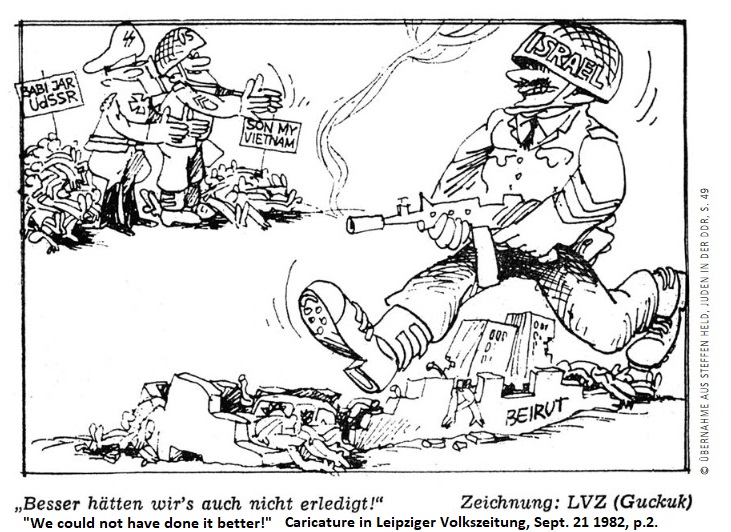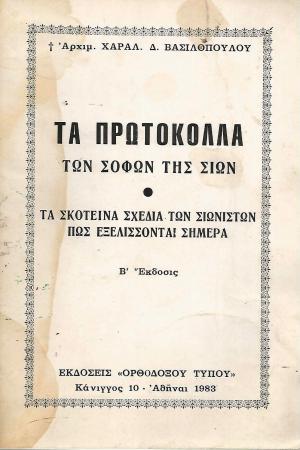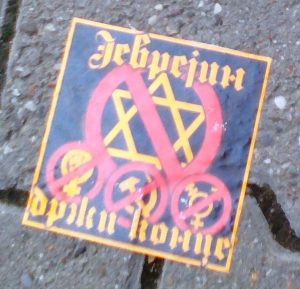“Anti-Nato” Antisemitism: Anti-Jewish Sentiment Related To The 1999 Nato Bombing Of Serbia

Posters with pictures of a World War II bomber with the Star of David and pictures of the collapsed buildings in Belgrade and bridges on the Danube in Novi Sad, with the message “14 years since the NATO bombing, their terror continues” appeared in Belgrade in March 2013. Various antisemitic narratives emerged in the aftermath of the NATO bombing of Serbia in 1999. These narratives still resurface from time to time, usually in the extreme-nationalistic and anti-American circles. While their focus is predominantly anti-American, in some of their segments they extend to traditional, typical, and well-known antisemitic stereotypes and myths. Founded on the myth about the “Jewish influence on the American foreign policy”, these narratives suggest that Jews were involved in the decision-making processes, or that Jews alone were behind the NATO bombings of Serbia. These antisemitic narratives may extend to imply responsibility and accountability of all Jews for their alleged role in NATO bombings of Serbia. Taking it further, there is a question of loyalty of Serbian Jews in this regard and accusations that their loyalty supposedly lies with the “World Jewry” rather than with Serbia and its people.
Equating Israeli Military With The SS And Its Treatment Of Civilians With That Of The Holocaust

During the 1982 Lebanon war, on 21 September 1982, the GDR newspaper Leipziger Volkszeitung (LVZ) published a caricature depicting an Israeli soldier marching through the corpses in the ruins of Beirut while being applauded by an SS-officer and an American officer. The caption read: “We could not have done it better!”. Next to the SS-officer is a pile of corpses with the sign “Babi Yar, USSR”, and next to the American a pile with the sign “Son My, Vietnam”.
The Protocols Of The Elders Of Zion

The infamous antisemitic fabrication The Protocols of the Elders of Zion, a text claiming to have exposed a Jewish plan for global domination, first appeared in print in Russia in 1903. It was translated into Greek in 1920, but it remained “unexploited” in the archive of the Greek Foreign Ministry. The Protocols started gaining publicity in 1925, thanks to the work of Dr. Andronikos, an Athenian pseudointellectual, whose medical authority and adherence to nationalism, fascism and anticommunism made him an ideal propagandist of the Protocols through the press. In early 1928 the dailies To Fos and Makedonia in Thessaloniki − the city where more than 50,000 out of 70,000 Greek Jews dwelled − published a Greek translation of the Protocols. Thereafter, the antisemitic focus of Makedonia intensified. In June 1931, members of the fascist organization “Ethniki Enosis Ellas” (“EEE”, National Union Hellas), acting upon allegations of anti-national behavior of local Jews published in Makedonia, launched a pogrom against the poor Jewish neighborhood of Campbell.
“The Jews Are To Blame For Everything”

The Internet and social networks have promoted the spread and radicalization of antisemitism − across the board, all facets of antisemitism can be found.
As soon as “the Jews” are assigned the role of the guilty ones by many mutually reinforcing digital users − be it with regard to the terrorist attacks of September 11, 2001, the 2007 financial and economic crisis, global warming, or the 2015 arrival of refugees − this can have fatal consequences. The apppeal of antisemitic worldviews increases especially in times of crisis, when collective fears and feelings of powerlessness (re)activate the need for simple explanatory models and scapegoats.
Abusing History

The Israelis today are behaving like the Nazis did in the past. In General, criticism of Israel is often charged with antisemitic stereotypes and draws comparisons to National Socialism. Typical characteristics are the reversal of perpetrators and victims and the negation of Israel’s right to exist. The claim that Israel deliberately murders children or commits a genocide against the Palestianians is a popular tactic for delegitimizing the Jewish state and falls back to old antisemitic stereotypes like the blood libel and the topos of an imagined “collective Jew”. In General, criticism of Israel is often charged with antisemitic stereotypes and draws comparisons to National Socialism. Typical characteristics are the reversal of perpetrators and victims and the negation of Israel’s right to exist. The claim that Israel deliberately murders children or commits a genocide against the Palestianians is a popular tactic for delegitimizing the Jewish state and falls back to old antisemitic stereotypes like the blood libel and the topos of an imagined “collective Jew”.
Antisemitic Messages Near The Novi Sad Synagogue

In November 2020, a message reading “The Jew pulls all the strings” was found stuck on the sidewalk near the Novi Sad Synagogue. One of the oldest anti-Jewish myths and stereotypes is the one about “Jewish power” and the “global Jewish conspiracy”. In its contemporary form, this myth represents Jews as a powerful, secret, global group, often referred to as a “Jewish lobby”, that manipulates governments, banks, financial institutions, academia, the media, film and entertainment industry, and other national and international institutions, for malicious purposes of Jewish world domination and control. This anti-Jewish myth has been present as one of the most prominent antisemitic narratives in various forms from the New Testament, the Protocols of the Elders of Zion, to anti-globalism and various contemporary conspiracy theories.

